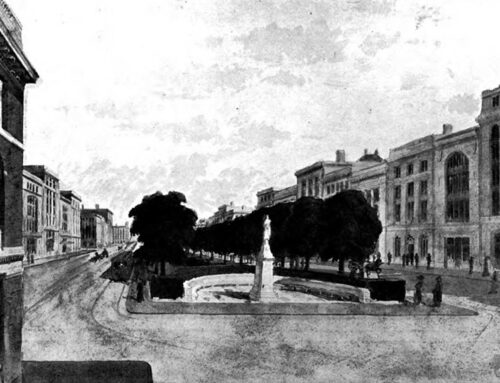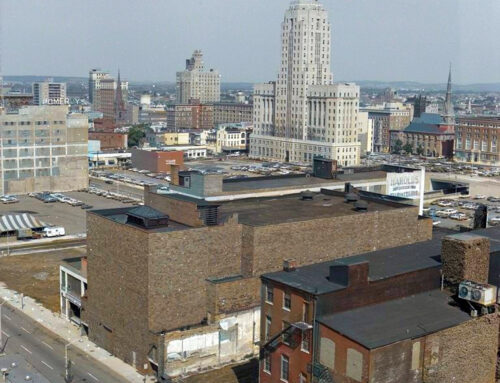In the early 1970s, the city of Reading embarked on a transformational journey to modernize its traffic patterns as part of its broader urban renewal initiative. This effort, backed by years of planning and discussion, sought to align the city’s traffic flow with the evolving needs of urban development and transportation demands. What followed was a significant shift in the direction of major streets—a move that stirred public opinion, challenged long-standing traditions, and ultimately set the stage for a new era in Reading’s infrastructure.
The foundation of this transformation was laid in May 1970, when city planners unveiled a revised traffic flow proposal to the public. This plan, recommended by the city planning commission and supported by traffic consultant John Comiskey, aimed to reconfigure several key streets to improve traffic movement and support a proposed South Reading Bridge. The plan marked an extension of a 1964 blueprint, integrated into the Reading Area Transportation Study, and was seen as a critical step toward revitalizing the city’s core.
Key proposed changes included making 11th Street one-way northbound—a long-debated adjustment to reduce congestion on Penn Street. Additionally, changes were planned for streets such as 8th, 9th, 10th, and others, creating a network of one-way routes that would better distribute traffic across the city.
However, the proposal was not without controversy. Merchants along 9th Street voiced concerns, fearing the northbound change might divert potential customers away from their businesses. Yet, diminishing downtown business and suburban shopping center competition signaled a shift in priorities, leading city planners to emphasize the need for change.
Below: 100 block of North 9th Street showing southbound traffic, 1960s.

By April 1971, the Pennsylvania Department of Transportation (PennDOT) gave the green light for Reading’s ambitious traffic revision plan. The city was ready to move forward, with changes designed to streamline traffic flow and reduce congestion.
These changes, affecting both the Model Cities area and northeastern Reading, were carefully planned to coordinate with other city upgrades, such as the installation of new traffic signals at 100 intersections. The project, with an estimated cost of $13,000 to $15,000, relied on funding from federal, state, and local sources.
City traffic engineer Robert Seaman emphasized the importance of close coordination with the Reading Bus Company to ensure seamless implementation. With work slated to be completed by mid-summer, the city prepared for an adjustment period as residents and commuters adapted to the new patterns.
By November 1971, the revised traffic patterns were officially implemented, marking the most extensive change to Reading’s roadways in over a decade. The centerpiece of this transformation was the long-awaited change on 11th Street, allowing for uninterrupted northbound traffic off Perkiomen Avenue—a vision debated since before World War II.
Changes that went into effect on the morning of November 7, 1971 were:
- 8th Street, southbound from its junction with 9th Street to Muhlenberg Street.
- 9th Street, northbound from Bingaman Street to its junction with 8th Street, just south of Robeson Street.
- 10th Street, southbound from Exeter to Cotton Streets.
- 11th Street, northbound from Cotton to Rockland Streets.
- 12th Street, southbound from Exeter Street to City Park.
- Birch Street, northbound from City Park to Fidelity Street, a distance of a block and a half mostly between St. Joseph’s Hospital buildings.
Historically, the reversal of 9th Street had been a contentious issue, with merchants resisting the change. However, shifting business dynamics and a renewed focus on urban renewal overcame these objections, allowing the plan to move forward.
The city introduced a phased approach, focusing first on streets east of the 7th Street axis. This strategy minimized disruption and avoided a sweeping overhaul of all streets between the river and City Park, as had been done in previous projects.
The timing of the changes was strategic, allowing residents to adjust before the busy holiday season.




Leave A Comment